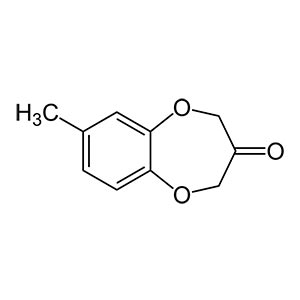Calone, a synthetic compound developed in the 1960s, revolutionized the world of perfumery by capturing the essence of the sea. Its creation marked a significant departure from traditional floral and oriental fragrances, introducing a new olfactory category known as aquatic or marine scents. Calone is prized for its ability to evoke the freshness and invigorating breeze of the ocean, making it a key player in modern perfumery. The history of Calone's use in fragrances is closely tied to the desire to replicate the refreshing aroma of the sea. Its aquatic and ozonic qualities became particularly popular in the 1990s, coinciding with a trend for clean and fresh scents. Calone is often used in a variety of compositions, from light and summery fragrances to more complex and sophisticated blends. Calone's unique ability to convey a sense of marine air and the seaside has made it a favorite among perfumers. Its fresh and watery notes are frequently employed to add a cooling and revitalizing aspect to perfumes. Whether used as a dominant note or blended with other ingredients, Calone contributes to fragrances that transport wearers to the sunlit shores and breezy coastlines. Embrace the invigorating allure of Calone in fragrances, where its oceanic charm captures the essence of a coastal escape.
Natural or Synthetic?
Calone is a synthetic aroma chemical used for its marine and watermelon-like scent in perfumes. It imparts fresh, ozonic, and marine notes, adding a unique aquatic character to fragrance compositions. It is not derived from a natural source and is solely a creation of synthetic chemistry.
Fragrance Families Calone Most Commonly Found In
Show fragrances that contain Calone as a note



